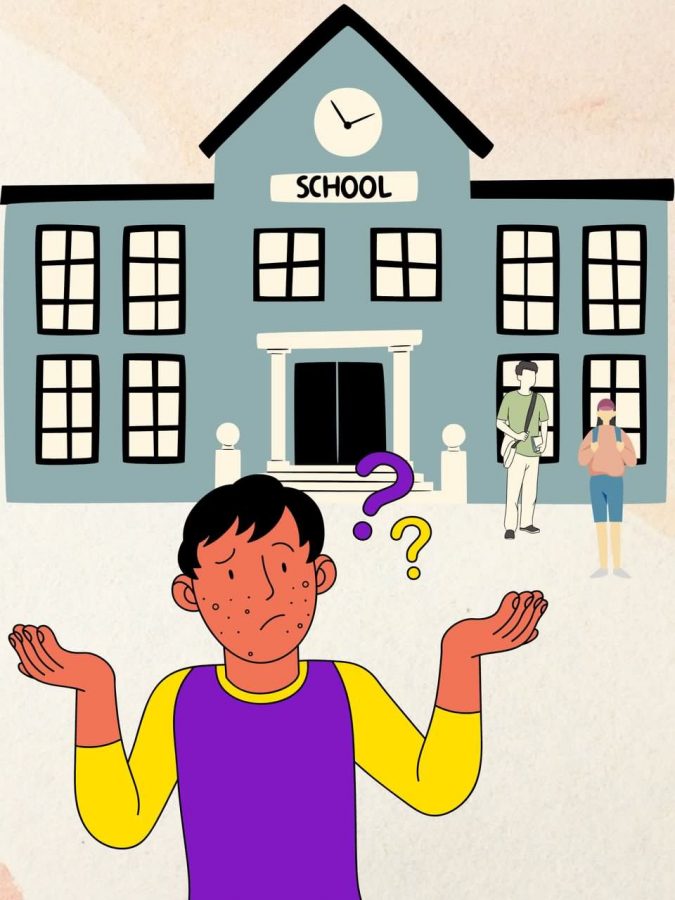San Jose Promise is targeted for 1,000 enrolled students within SJCC-EVC district this fall semester according to Robert Gutierre, Director of Metas. The idea is to encourage lower income students to continue their education while not incurring so much debt. San Jose Promise will essentially pay for the first 2 years of college. This will minimize student debt substantially for many.
California promise programs in participating cities like San Francisco and San Jose are attempting to make college plausible for low income and poor communities.While this will open up a window of opportunity and serve as a way of elevating families out of poverty, it actually devalues college.
A student loan is a good investment. Debt is a major problem, but students should be encouraged to invest in themselves and maximize their college experience while minimizing work so that they can compete with their peers from wealthier backgrounds. Student debt is overstated as a problem. The real culprit that makes it difficult to pay back is California’s cost of living.
Will a degree still have value or might it begin to be taken for granted? Associate Degrees already have limited value in the labor market and serve as a marker for making a student eligible for transfer to a UC or CSU. Is it possible students might begin to underperform? These are real concerns policymakers should have. Some of the obstacles to education are exacerbated by astronomical housing costs. Also, the decreasing job market for young adults presents a problem. The service industry, both restaurant and retail used to employ college
students part-time. Over the years immigration has created a situation where high school and college students have less job options as they have had to share this sector of the economy with immigrants.
Manufacturing jobs have been lost as well due to global free market forces and technological advancements such as robotics.
These two factors if addressed will make community college affordable as it once was. Rent control in close proximity to schools could address the lack of affordable housing. American foreign policy toward Mexico and Latin America that focuses on investment, trade, and industrialization would serve as a way to stabilize the unsustainable immigration border states like California experience.
Promising free education does not address the underlying issues that drive the high cost of living Californians experience nor will it prepare a future workforce for the jobs of the future. Policymakers should revisit universal preschool to create a more upwardly mobile society. Preschool is very critical to a child’s overall educational development.
Universal preschool is the catalyst toward closing the achievement gap in k-12 education. Less fortunate children will not fall behind as they have if California pre-school was universal. It can have the effect of transforming public schools and even be the key to someday having the last two years of high school looking more like the first two years of college as far as curriculum.
College level credits done in high school where public education already is free would speed up the time it takes to get an undergraduate degree and save money as a result. More students from all income levels would then pursue graduate school which would have the effect of transforming society.






